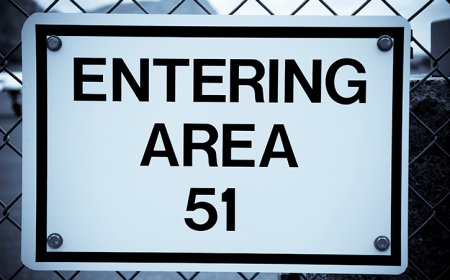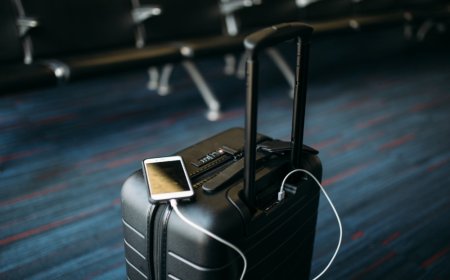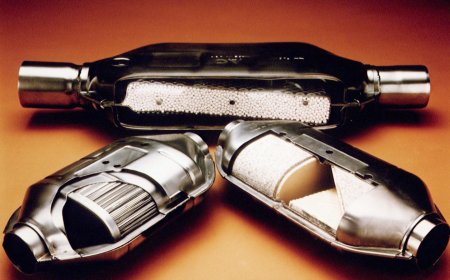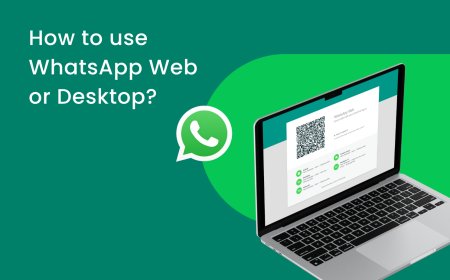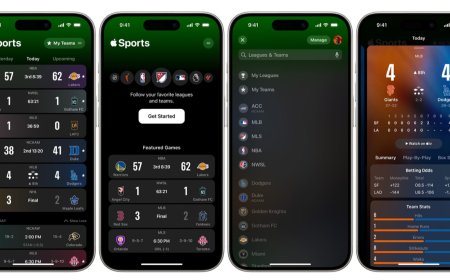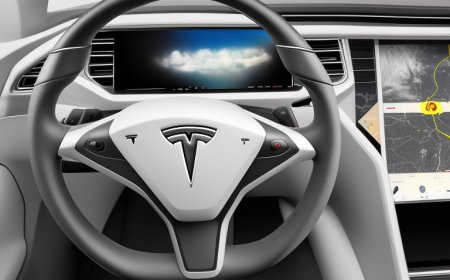How to Reset Tire Pressure Light in Honda Civic
Learn how to reset the tire pressure light on your Honda Civic with this step-by-step guide to keep your car running smoothly.

How to Reset Tire Pressure Light Honda Civic
Are you tired of watching the tire pressure light on your Honda Civic's dashboard that flashes every time you start your car? It can be frustrating to deal with this warning light constantly, especially when you have already checked the tire pressure and know that it is at the perfect recommended level. Let's discover how to reset the tire pressure light on your Honda Civic, and we will also provide some helpful tips to prevent the light from coming back on.
Why is the Tire Pressure Light On?
The tire pressure light is an important warning indicator in a vehicle that can alert drivers to a problem with their tire pressure system. The light is designed to turn on when there is an issue with the tire pressure, such as a low pressure reading or a malfunction in the tire pressure monitoring system (TPMS).
Low tire pressure can have negative impacts on a vehicle's performance and safety. It can cause decreased fuel efficiency, decreased handling, increased tire wear, and potentially dangerous blowouts or accidents. This is why it's crucial to pay attention to the tire pressure light and take action when it turns on.
On the other hand, a malfunction in the TPMS warning light can also cause the tire pressure light to turn on. This could be due to a faulty tire pressure sensor, wiring issue, or other system failure. In this case, resetting the tire pressure light may not resolve the underlying problem, and it's best to have the vehicle inspected by a qualified mechanic.
Check the Tire Pressure
The first step you need take is to check the tire pressure in all four tires. This is an important step because the light is often triggered by low tire pressure. It is important to use a tire pressure gauge to measure the accurate tire pressure.
To check the tire pressure, make sure that the tires are cold and have not been driven for at least three hours. Remove the valve cap and attach the tire pressure gauge to the valve stem. The gauge should provide a reading of the tire pressure in PSI (pounds per square inch). Check the recommended tire pressure for your vehicle in the owner's manual or on the tire information placard located on the driver's side doorjamb.
If any of the tires have low pressure, add air to bring them up to the recommended level. Repeat this process for all four tires, including the spare tire. Once all the tires are properly inflated, it's time to reset the tire pressure light.
Inflate the Tires
Once you have checked the tire pressure and identified any tires that are low, the next step is to inflate them to the recommended level. You can use a tire inflator, air compressor, or visit a gas station nearby to inflate the tires. It is ireally mportant to inflate the tires to the recommended pressure level, as underinflated tires can lead to poor fuel economy, decreased handling, and increased risk of a blowout. Overinflated tires, on the other hand, can cause a harsh ride and reduce the tire's contact with the road surface, leading to poor traction and stability.
You can find the recommended tire pressure in your car's owner's manual or on a sticker located on the driver's side door jamb. It is also important to note that the recommended tire pressure may vary depending on the type of tire and vehicle you have. It is also required to check the spare tire and inflate it to the recommended level, as it can also affect the handling and safety of your vehicle in the event of a flat tire.
Reset the Tire Pressure Light
Once you have checked and inflated the tires, it is time to reset the tire pressure light. Here are the steps to follow:
- Turn on the ignition without starting the engine.
- Press the "Menu" button on the steering wheel until you reach "Customize Settings."
- Use the "+" and "-" buttons to scroll to "TPMS Calibration."
- Press and hold the "Set" button until the TPMS indicator light blinks twice.
- Drive the vehicle at speeds above 20 miles per hour for at least two minutes to complete the calibration.
Tips to Prevent the Tire Pressure Light from Coming On
Now that you know how to reset the tire pressure light on your Honda Civic, here are some tips to prevent the light from coming back on:
- Check the tire pressure regularly, at least once a month, and before long trips.
- Avoid overloading your vehicle, as this can cause the tires to wear out faster and affect the tire pressure.
- Replace tires that are worn out or damaged, as they can cause the tire pressure to fluctuate.
- Use high-quality tires that are designed for your vehicle.
- If you are not sure how to check the tire pressure or reset the tire pressure light, consult your owner's manual or take your vehicle to a mechanic.
Conclusion
The tire pressure light can be annoying, but it is an essential warning that can help you avoid tire problems and ensure your safety on the road. By following the steps in this article, you can reset the tire pressure light on your Honda Vehicles and prevent it from coming back on. Remember to check the tire pressure regularly and take care of your tires to ensure a smooth and safe ride.
FAQs
-
How often should I check the tire pressure in my Honda Civic? A: It is recommended to check the tire pressure at least once a month and before long trips.
-
Can I reset the tire pressure light without checking the tire pressure? A: No, you need to check the tire pressure first and inflate the tires if needed before resetting the tire pressure light.
-
What should I do if the tire pressure light comes back on after resetting it? A: If the tire pressure light comes back on after resetting it, it could indicate a more severe problem with the tire pressure system. Take your vehicle to a mechanic to have it checked.
-
Can I use the spare tire if the tire pressure light comes on? A: Yes, you can use the spare tire, but make sure to check its pressure and replace it with a regular tire as soon as possible.
-
Can low tire pressure affect the fuel economy of my Honda Civic? A: Yes, low tire pressure can affect the fuel economy of your Honda Civic by making the engine work harder and consume more fuel. Keep the tires properly inflated to ensure optimal fuel efficiency.
What's Your Reaction?












